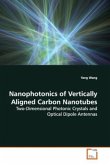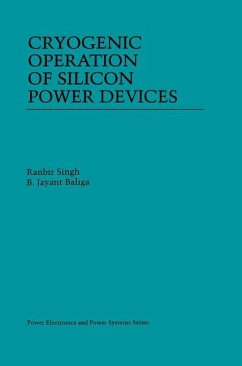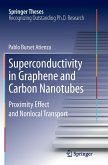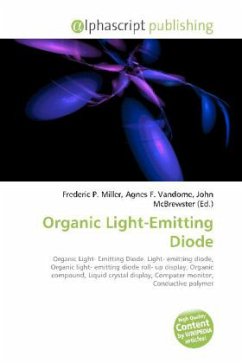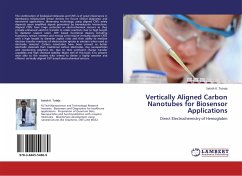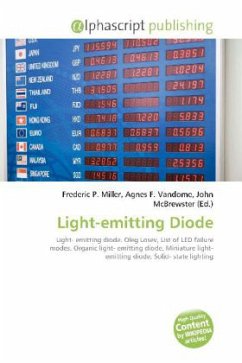A fully integrated field emission diode (FED) using
carbon nanotubes as electron field emitter was
constructed. The device was designed and fabricated
on a glass substrate by screen-printing thick film
technique. The FED was operated at 100 V for giving
a forward current density of 180 mA/cm2. A leakage
current of 1 pA was measured then a 1000 V reverse
voltage was applied, indicating that a high voltage
blocking capability was obtained from such a device.
From theoretical calculation and experimental
results, the FED can be operated in megahertz due to
very high speed of electrons traveling through them
vacuum gap on forward operation and a small residue
capacitance as well as minimum the reverse recovery
time on reverse operation. The high performance of
the novel FED was fabricated by a cost effective
process combined with nanomaterials which opens up a
route to produce miniaturized vacuum devices and new
applications for such kind of the integrated vacuum
microelectronic device.
carbon nanotubes as electron field emitter was
constructed. The device was designed and fabricated
on a glass substrate by screen-printing thick film
technique. The FED was operated at 100 V for giving
a forward current density of 180 mA/cm2. A leakage
current of 1 pA was measured then a 1000 V reverse
voltage was applied, indicating that a high voltage
blocking capability was obtained from such a device.
From theoretical calculation and experimental
results, the FED can be operated in megahertz due to
very high speed of electrons traveling through them
vacuum gap on forward operation and a small residue
capacitance as well as minimum the reverse recovery
time on reverse operation. The high performance of
the novel FED was fabricated by a cost effective
process combined with nanomaterials which opens up a
route to produce miniaturized vacuum devices and new
applications for such kind of the integrated vacuum
microelectronic device.


